Fate brought us to Seville in the most soulmate-y of ways: unbeatable value! Round trip tickets from Marrakech to this southern Spanish city via Ryanair are painfully affordable even on the shoestringiest of budgets. It’s worth having to print out your own tickets ahead of time and missing out on complimentary in-flight peanuts.

After purchasing our tickets, a quick poke around Wikipedia revealed Seville’s historical ties to Morocco– from the 8th to 13th century, Seville was, for all intents and purposes, part of North Africa. Our clearance-aisle vacation choice actually made a lot of sense.
Don’t let this little historical tidbit trick you into thinking we actually knew anything about Seville prior to arriving. Our approach to being tourists could be labeled as “experiential learning.” Apart from the necessary planning (airplane tickets, a place to stay, a reference check on Wikipedia to figure out where we’re going), Mustapha and I just kinda let the places we visit happen to us. This methodology results in more chaos, for sure, but also more “authentic” encounters with the country.
When we first arrived in Seville, for example, we possessed simple directions (provided by our Airbnb host) from the bus stop to his flat. We just needed to take the airport shuttle to the Santa Justa stop, and from there, walk to the address provided. Except, well, Santa Justa is a massive train and bus station, and we weren’t really sure which side of the station we had been dropped off at—and thus had no idea which direction to start walking in. So, we consulted with the Spanish man selling lottery tickets in a kiosk outside of the train station. It turns out my 9+ years of elementary, middle, and high school Spanish allow me to string together a semi-coherent sentence of nouns and verbs, but I lack the ability to understand anything that is replied back to me. And so, the international game of charades commenced.
Friendly kiosk man who spoke no English (a norm for Sevillians, as it turns out) conversed with us in a relaxed, fluid, and rapid way, as if discussing politics at a local bar. Even though we clearly didn’t understand anything, his prose spilleth-ed forth, as though he was confident we would eventually extract some meaning from his mini-monologue. He consulted our map, told us background stories about each of the streets on it, looked at his phone, compared that map to ours, shared family recipes, and eventually pointed us in one of the cardinal directions. It was a 10+ minute interaction, of which Mustapha and I understood a collective of about 8ish words. We smiled, thanked the kind kiosk man profusely for his time, and headed straight to the taxi stand.
Inefficient? Absolutely. But, we learned a lot in that short time. Sevillians are incredibly friendly, helpful, and generally speak no English– but don’t see that as a hindrance to their communicative abilities in any way.
Our daily itineraries developed in this haphazardly organic fashion, formed by three main forces of nature:
1. Javier: our vivacious, wine-loving host, peppered conversations with anecdotal recommendations. We would mention a cool building we biked by that day, or discussed our love of food, and he would exclaim, “Oh! I have just the place you need to visit.” We knew we could trust Javier’s judgment when we asked him for a wine stopper one evening. “A wine stopper? Oh no, I don’t have one– when I open a bottle of wine, I finish it!” We have a stack of handwritten notes with Javier’s suggestions, all of which ended up being excellent…with the exception of sweet wine. We even tried it twice, just to make sure we weren’t missing something. It tasted like cough syrup, wine, and sugar, all mixed together into a terrible 1 euro cup.
Javier also suggested checking out the contemporary arts center of Seville. “It’s in an old ceramics factory that used to be a monastery.” That sort of a combination of things cannot be ignored. Mustapha and I spent our last morning in Seville biking around to check this place out. It did not disappoint.


















2. An Italian guidebook: Javier had an Italian couple stay with him at some point, and they left behind a guidebook full of gorgeous pictures and lengthy descriptions of historical sites…all in Italian. This proved to be helpful, as we oriented ourselves towards several famous landmarks (see below) and felt like we could just wander around and be impressed by the spaces rather than try too hard to match up information with specific details. This did almost lead us to overlook Christopher Columbus’ tomb in the Cathedral…almost.
Plaza de España and the Parque de Maria Luisa










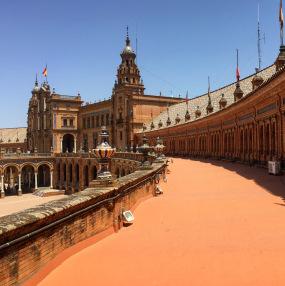
Seville Cathedral and La Giralda






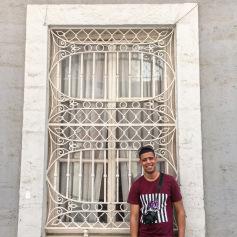




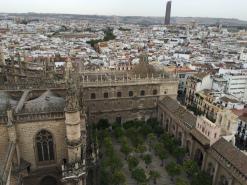

Alcázar of Seville





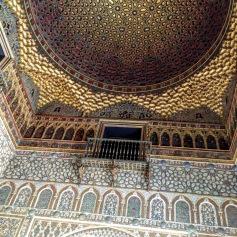








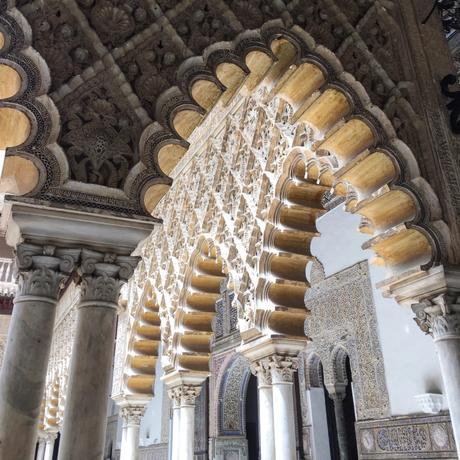
3. Cool things we saw on our bike rides: Mustapha and I rented bikes through Sevici during our week in paradise. This allowed us to wander around Seville in a sort of connect-the-dots adventure (where is the next bike station, and can we make it there in under 30 minutes?!) and opened up the city to us even more than just walking around and stopping at every cafe that advertised churros.








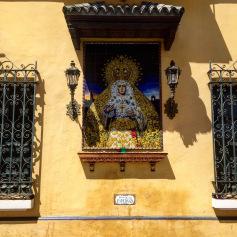


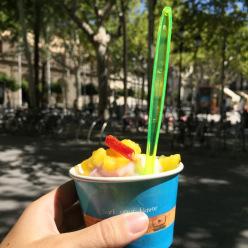



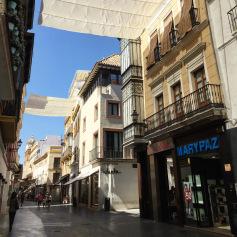


The notable exceptions to this were our pre-planned daytrips to Cadiz and Cordoba (although, truthfully, we bought tickets to Cadiz based off of Javier’s suggestion before we even arrived). In both cities, we invested in the gaudy, overpriced, and incredibly convenient City Sightseeing tour buses. These turned out to be a lifesaver for one reason: holy balls on fire, it’s hot in the south of Spain during the summer. We think this maybe, possibly, as something to do with how inexpensive the flights to Seville are. We were able to see much more of both Cadiz (“Cadithhhh”) and Cordoba because we didn’t have to walk everywhere under the sun of death.
Cadiz




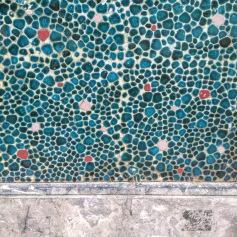

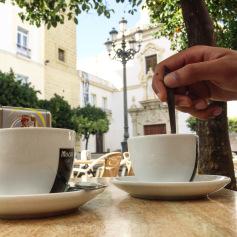










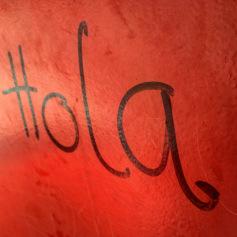





Cordoba












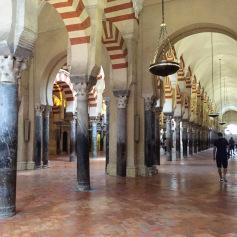



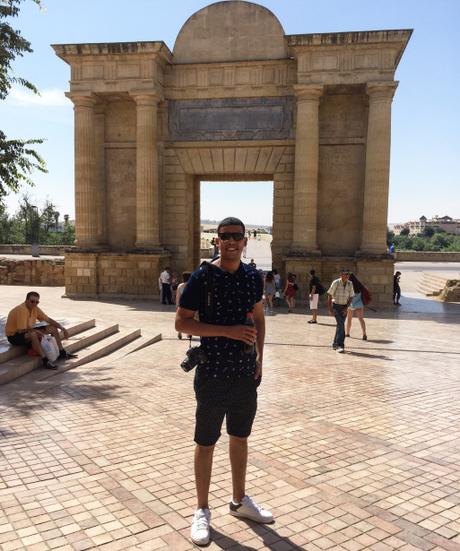


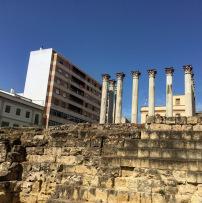


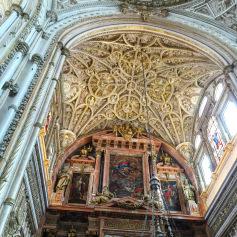


Despite the temperatures, it was a perfect week in paradise. There is nothing quite like leaving your apartment, walking down the streets in shorts and a tank top, passing by old guys drinking beer at 12pm, and being surrounded by buildings that have existed for centuries. Spain, I love you. Thank you for existing (and also for having air conditioning).
